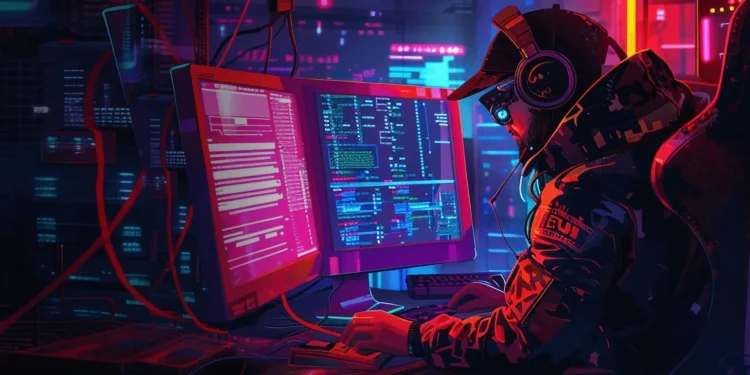Video game development is a complex and multi-faceted process that requires a variety of tools to bring creative visions to life. Whether you’re an indie developer or part of a large studio, having the right tools can make all the difference in creating stunning visuals, immersive gameplay, and polished experiences. From game engines to 3D modeling software, sound design tools, and version control systems, this article will explore 100+ essential tools that every game developer should consider.
To make it easier, we will group these tools into different categories, each containing 10 tools, and provide a detailed explanation of their purpose. This way, you can easily navigate and find the tools that best fit your development needs.
Let’s dive into the 100+ best tools for video game developers.
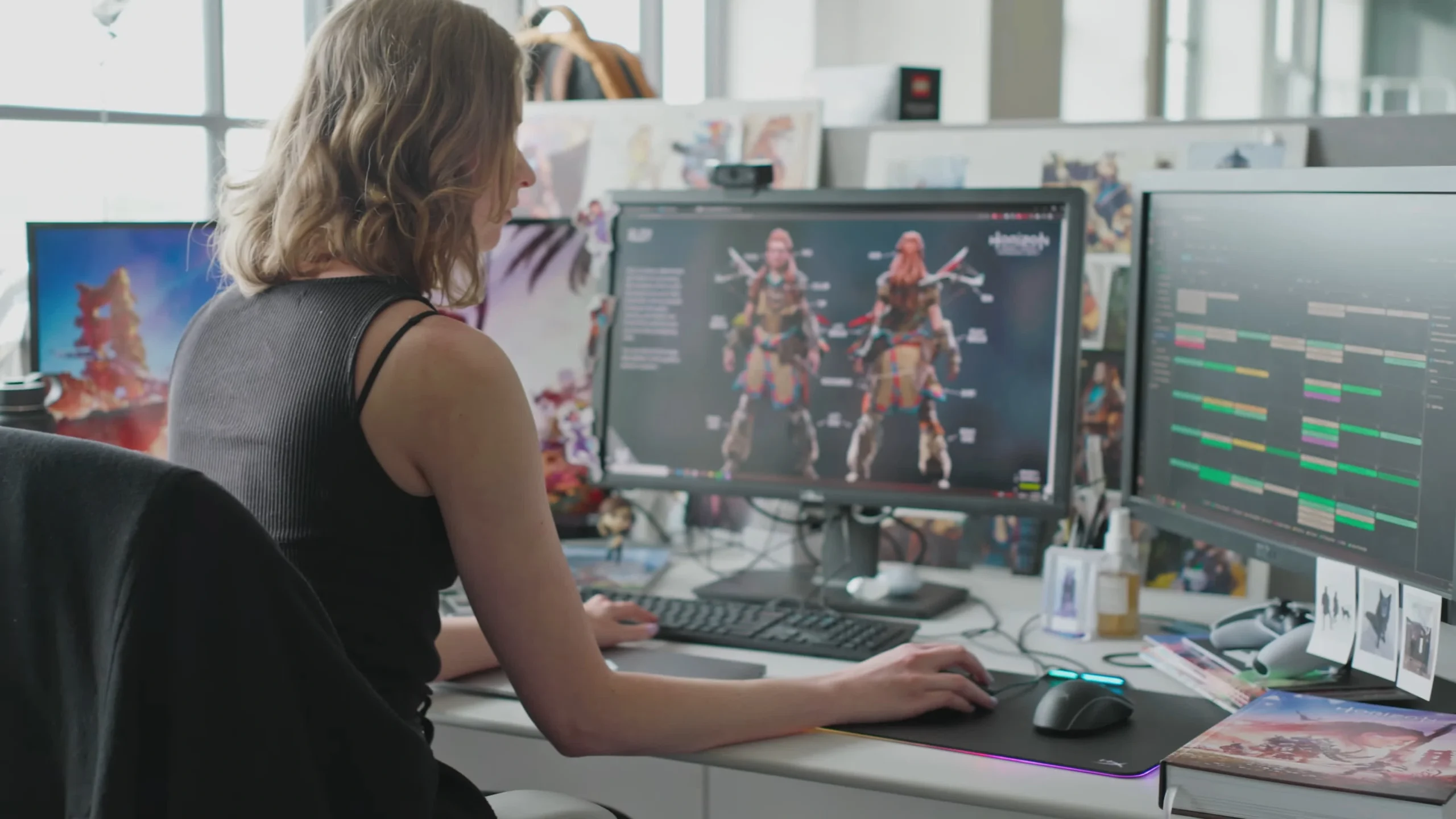
Game Engines – The Foundation of Every Game
Game engines are the backbone of video game development, providing the framework for graphics rendering, physics, scripting, and more. Choosing the right game engine is crucial, as it determines the workflow, capabilities, and overall performance of your game. Some engines are designed for beginners, while others are geared toward AAA-quality production.
- Unity – One of the most popular game engines, Unity is known for its ease of use, cross-platform support, and massive asset store. It’s widely used for both 2D and 3D game development.
- Unreal Engine – Developed by Epic Games, Unreal Engine offers stunning graphics, powerful physics, and extensive customization through Blueprints and C++.
- Godot – A free, open-source engine that’s great for indie developers. It supports both 2D and 3D development and has a lightweight structure.
- CryEngine – Known for its high-fidelity graphics and realistic physics, CryEngine is great for creating visually stunning games.
- GameMaker Studio 2 – A great choice for 2D games, especially for indie developers who want a user-friendly drag-and-drop interface.
- RPG Maker – Ideal for developers creating role-playing games (RPGs) with pre-built assets and an intuitive interface.
- Construct 3 – A web-based engine that allows developers to create 2D games without coding, making it perfect for beginners.
- Cocos2d-x – A free, open-source engine commonly used for mobile game development.
- Lumberyard – A game engine developed by Amazon that integrates well with AWS services for multiplayer gaming.
- Panda3D – A Python-based open-source engine designed for rendering and game development.
This group of tools is essential for developers because a game engine determines the core functionality of a game, including how it runs, renders graphics, and interacts with players. Choosing the right engine depends on factors like complexity, performance needs, and developer experience.

3D Modeling & Animation Software
For developers creating 3D games, having access to the right modeling and animation tools is crucial for designing characters, environments, and assets that bring a game world to life. These tools allow developers to sculpt realistic characters, generate detailed textures, and animate lifelike movements. Whether you’re working on an indie game or a large-scale AAA production, 3D modeling software helps streamline the creative process by offering powerful rendering, rigging, and animation features. Some tools focus on procedural generation, making it easier to create complex landscapes and environments without manually modeling every detail. Others provide robust physics-based animation, allowing characters and objects to move naturally within the game world. This group of tools is essential for game artists, animators, and designers who want to create stunning, high-quality 3D assets that enhance gameplay and immersion.
- Blender – A free, open-source 3D modeling tool with powerful animation and sculpting features.
- Maya – Used in AAA game development for professional-grade 3D modeling and animation.
- 3ds Max – A favorite among game artists for creating detailed 3D assets.
- ZBrush – Best for high-detail sculpting and character design.
- Cinema 4D – A great option for motion graphics and 3D modeling.
- Houdini – Ideal for procedural modeling and special effects like explosions and fire.
- Substance Painter – A must-have for texturing and painting 3D models with realistic materials.
- Marvelous Designer – Best for realistic cloth and fabric simulation.
- DAZ Studio – Useful for creating realistic human characters for game development.
- Mixamo – Provides pre-made 3D character animations, perfect for rapid prototyping.
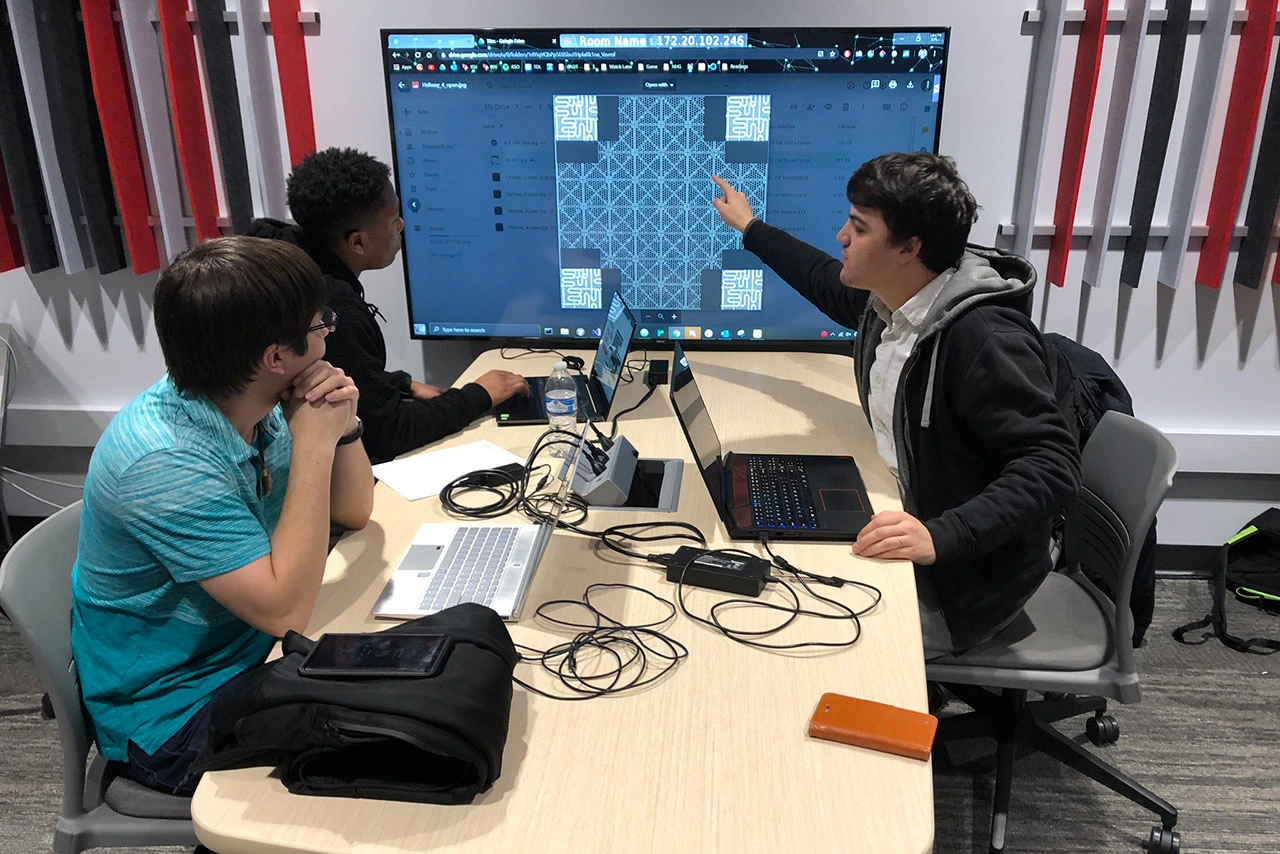
Sound Design & Music Composition Tools
Sound design and music composition are just as important as visuals in a video game. Without immersive audio, even the best-looking game can feel lifeless and unengaging. From background music to character dialogues and sound effects, game developers rely on specialized software to create and edit high-quality audio. Some tools in this category offer advanced mixing and mastering capabilities, while others provide massive libraries of pre-made sounds and instruments. Whether you are composing a full orchestral soundtrack or designing futuristic sci-fi effects, having the right tools ensures that your game’s audio enhances the overall experience. Many of these tools also support real-time audio implementation, allowing developers to dynamically change sound effects based on in-game actions.
- FMOD Studio – A powerful sound engine that integrates seamlessly with game engines like Unity and Unreal Engine. It allows developers to create interactive, dynamic audio systems.
- Wwise – An industry-standard middleware for audio, commonly used in AAA games for advanced sound design and music integration.
- Audacity – A free, open-source audio editing tool great for recording, cutting, and modifying sound files.
- Reaper – A flexible and lightweight digital audio workstation (DAW) that supports multi-track recording and editing.
- Ableton Live – Popular among game composers for its real-time music production and sound design capabilities.
- FL Studio – Known for its user-friendly interface, this DAW is great for composing music and creating game soundtracks.
- Logic Pro X – Apple’s powerful DAW, widely used for composing orchestral and electronic game music.
- Pro Tools – An industry-standard DAW for professional-level sound editing, mixing, and mastering.
- Bfxr – A simple tool used to generate retro 8-bit and arcade-style sound effects.
- Sonic Pi – A unique music programming tool that allows developers to generate procedural game soundtracks using code.
Sound and music are essential for setting the mood of a game, whether it’s a horror title needing eerie soundscapes or an action game requiring pulse-pounding beats. Choosing the right sound design tools can make a huge difference in how immersive and engaging a game feels.
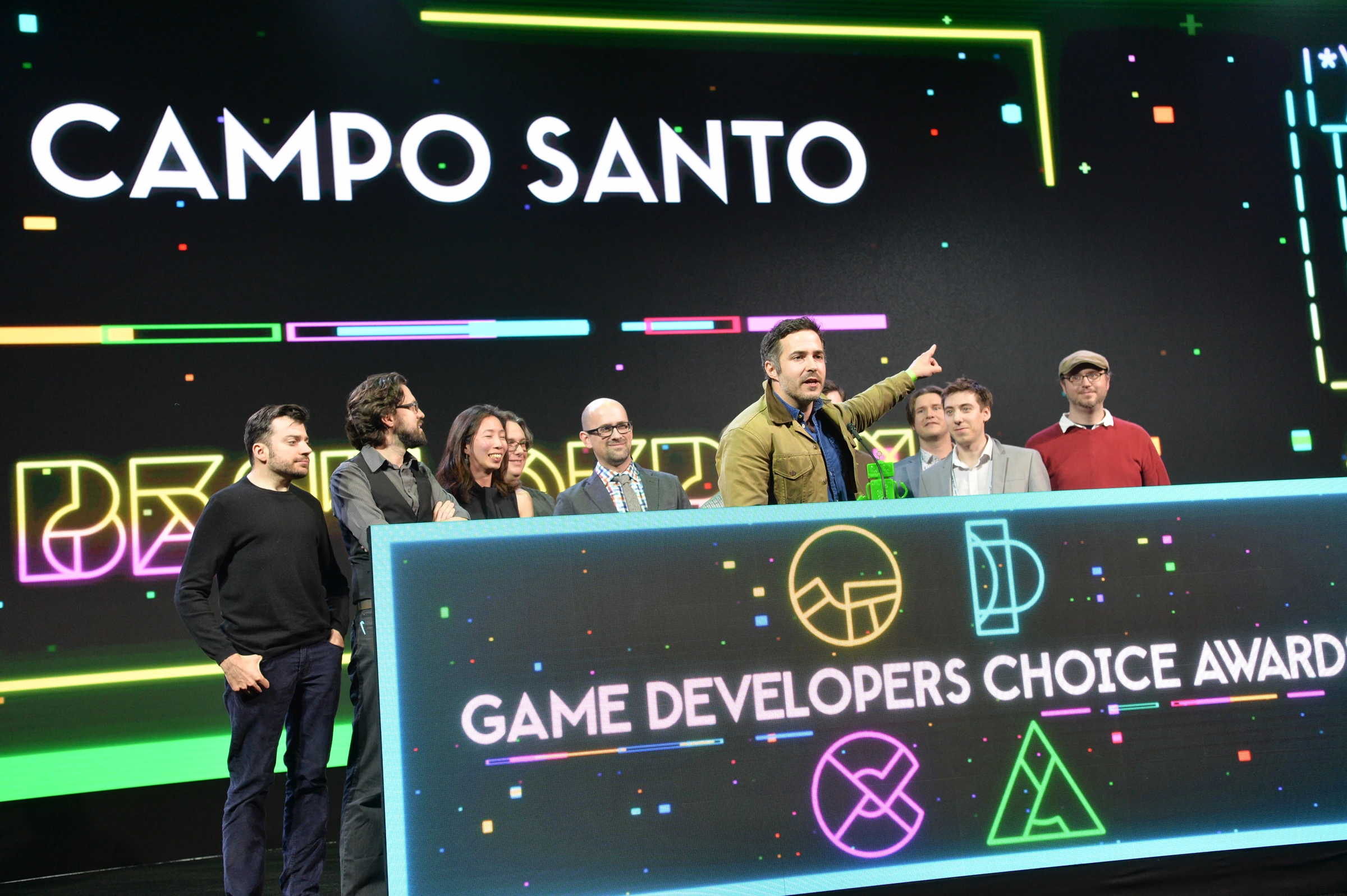
2D Art & Pixel Art Creation Tools
While 3D games dominate the industry, 2D games remain a major part of game development, especially in the indie scene. Many successful titles, from Hollow Knight to Celeste, rely on beautifully crafted 2D visuals. Creating compelling 2D sprites, tilesets, backgrounds, and UI elements requires specialized software with features like pixel-perfect editing, vector art capabilities, and frame-by-frame animation support. These tools allow developers to bring characters and environments to life with smooth animations and detailed textures. Whether you’re making a retro-style pixel game or a hand-painted masterpiece, these tools provide everything needed to create visually stunning 2D assets.
- Photoshop – The industry-standard tool for creating high-quality 2D game art, UI elements, and textures.
- GIMP – A free and open-source alternative to Photoshop with a robust set of painting and editing features.
- Aseprite – The go-to software for pixel art and sprite animation, perfect for retro game development.
- Krita – A professional digital painting tool with powerful brushes and layers, great for concept art and 2D game backgrounds.
- Affinity Designer – A high-performance vector art tool often used for UI design and scalable game assets.
- Inkscape – A free vector graphics editor, useful for designing game icons and scalable assets.
- Piskel – A simple browser-based tool for creating animated pixel sprites.
- Moho (Anime Studio) – A great tool for rigging and animating 2D characters.
- Spine – Specializes in 2D skeletal animation, allowing developers to create smooth animations with minimal frame usage.
- Tilemap Editor (Tiled) – A popular tool for designing 2D game maps, used in RPGs and platformers.
2D art tools are essential for indie developers and mobile game creators who want to craft unique, hand-drawn, or pixel-based worlds. Many of these tools also integrate directly with popular game engines, making asset creation and implementation seamless.

UI/UX Design & Prototyping Tools
User interface (UI) and user experience (UX) design are critical for a game’s accessibility and overall player engagement. A poorly designed UI can make even the best game frustrating to play, while a well-crafted UX enhances immersion. UI/UX design tools help developers create interactive menus, HUDs, health bars, and in-game overlays that are both functional and aesthetically pleasing. Some of these tools specialize in wireframing and prototyping, allowing designers to test menu layouts and navigation before implementation. Others focus on pixel-perfect UI design with responsive elements that adapt to different screen resolutions.
- Adobe XD – A top-tier UI/UX design tool that allows for wireframing and interactive prototyping.
- Figma – A cloud-based design tool ideal for collaborating on UI/UX elements in real-time.
- Sketch – A powerful vector design tool used for crafting game UI assets.
- InVision – A prototyping tool that enables game designers to test and refine UI flows before implementation.
- Balsamiq – Great for quick wireframing and concept testing of game menus and layouts.
- Zeplin – Bridges the gap between UI designers and developers by making design assets easily exportable.
- Canva – While not specifically for game development, it’s a quick tool for creating mockups and visual assets.
- Axure RP – A great tool for creating interactive prototypes and testing UI elements.
- Lucidchart – Helps map out UX flows, decision trees, and game mechanics visually.
- Proto.io – An advanced prototyping tool for testing mobile and web-based game UI interactions.
A game’s UI is often the first thing players interact with, so having a well-designed interface is crucial. These tools help streamline the UI/UX design process, ensuring a polished and intuitive experience.

Version Control & Collaboration Tools
Game development is often a team effort, and managing large projects requires tools that facilitate version control, asset management, and real-time collaboration. Version control tools ensure that multiple developers can work on the same game without overwriting each other’s work, while collaboration tools allow teams to track progress, share assets, and communicate effectively. These tools are crucial for both small indie teams and large studios, as they prevent lost work, streamline workflows, and improve overall efficiency. Whether you’re managing art assets, game scripts, or level designs, having a robust version control and collaboration system is essential for keeping projects organized and on schedule.
- GitHub – The most widely used version control platform, offering cloud-based repositories for game code and assets.
- GitLab – A great alternative to GitHub, featuring built-in CI/CD tools and enhanced security options.
- Perforce (Helix Core) – Commonly used in AAA studios for handling large game projects and assets with advanced versioning.
- Plastic SCM – Designed for game development, offering high-performance version control for large files and teams.
- SourceTree – A Git GUI tool that makes managing repositories easier for game developers who prefer a visual approach.
- SVN (Apache Subversion) – A traditional version control system used for managing game assets and scripts.
- Trello – A flexible project management tool that helps teams organize tasks, milestones, and progress.
- Jira – Used in professional game development for bug tracking, sprint planning, and team coordination.
- Slack – A real-time communication tool that integrates with many game development platforms and services.
- Discord – Originally a gaming chat app, Discord is widely used by indie teams for collaboration and community building.
Version control and collaboration tools are crucial for keeping game development teams in sync, preventing file conflicts, and managing game builds efficiently. Without these, projects can become chaotic, leading to lost work and delays.

Testing, Debugging & Performance Optimization Tools
Even the most well-designed game can suffer from bugs, glitches, and performance issues, making testing and debugging tools essential. These tools help developers identify memory leaks, frame rate drops, logic errors, and network issues, ensuring that the final product is polished and stable. Automated testing tools can also simulate player interactions to uncover issues that might not appear in manual testing. Whether you’re working on mobile, PC, or console games, having the right debugging tools will save time, reduce crashes, and improve the overall gameplay experience.
- Unity Profiler – A built-in tool for analyzing performance bottlenecks in Unity-based games.
- Unreal Insights – A profiling and debugging tool specifically designed for Unreal Engine projects.
- GDB (GNU Debugger) – A command-line debugger for fixing game code issues in C++ and other languages.
- RenderDoc – A powerful tool for capturing and analyzing frame rendering performance.
- Pix (Microsoft) – A graphics debugging tool used for optimizing DirectX-based games.
- Valgrind – Helps detect memory leaks and performance issues in C/C++ game projects.
- Sentry – A crash reporting tool that helps developers track and fix errors in real time.
- Appium – A mobile automation tool used for testing iOS and Android game applications.
- TestFlight – Apple’s official beta testing platform for iOS game developers.
- Firebase Test Lab – Google’s cloud-based tool for testing Android games across multiple devices.
Without proper debugging and performance optimization, games can lag, crash, or fail to run smoothly, leading to poor player experiences and negative reviews. These tools help identify issues early so they can be fixed before release.

Marketing, Monetization & Game Distribution Tools
Developing a great game is only half the battle—getting it noticed and making money from it is just as important. Marketing tools help developers reach players through advertising, social media, and influencer outreach, while monetization tools enable them to generate revenue through ads, in-app purchases, and subscriptions. Game distribution platforms provide ways to publish and sell games across multiple platforms, ensuring they reach the widest possible audience. Whether you’re an indie developer or part of a larger studio, these tools are essential for turning your game into a financial success.
- Steamworks – Valve’s platform for publishing games on Steam, offering DRM protection, analytics, and community tools.
- Epic Games Store Dev Portal – A publishing tool for distributing games on the Epic Games Store with a high revenue share.
- Google Play Console – The official tool for publishing and managing Android games on Google Play.
- App Store Connect – Apple’s platform for distributing iOS and macOS games.
- Itch.io – A great platform for indie developers to showcase and sell their games with flexible pricing options.
- Game Jolt – Another indie-friendly platform for distributing free and paid games.
- Unity Ads – A built-in ad network for monetizing Unity-based mobile games.
- AdMob (Google Ads) – Google’s advertising service for generating revenue from mobile games.
- Facebook Gaming – A platform for promoting and monetizing games through Facebook’s ecosystem.
- Influencer Marketing Hub – A tool for connecting with streamers and influencers to promote games.
Without proper marketing and distribution, even the best game can struggle to find an audience. These tools help developers maximize their reach, increase revenue, and grow their player base.

Productivity & Workflow Automation Tools
Game development involves thousands of small tasks, from writing scripts and organizing assets to tracking progress and automating repetitive work. Productivity and workflow automation tools help streamline development processes, reduce manual effort, and improve efficiency. Whether it’s managing documentation, automating builds, or improving team communication, these tools ensure that development teams can focus on creativity instead of tedious admin work.
- Google Drive – A cloud-based file storage solution for keeping game assets and documents organized.
- Notion – A powerful all-in-one workspace for managing development notes, to-do lists, and project documentation.
- Toggl Track – A time-tracking tool for managing developer workloads and productivity.
- Zapier – A workflow automation tool that connects different services to streamline repetitive tasks.
- Jenkins – A continuous integration tool that automates game builds and testing.
- Travis CI – A tool for automating game code deployments and updates.
- Bitbucket Pipelines – A DevOps tool for automating software delivery workflows.
- Asana – A project management tool for organizing game development milestones and tasks.
- Monday.com – A flexible work management tool that helps teams stay on track.
- ClickUp – A highly customizable project management tool for tracking every stage of development.
Workflow and productivity tools keep teams organized, improve efficiency, and automate repetitive tasks, allowing developers to spend more time building great games.

Extra Tools for Advanced Developers
For developers looking for even more specialized tools, here are 10 additional resources:
- OBS Studio – Great for recording and streaming game development progress.
- Marmoset Toolbag – A real-time rendering and baking tool for game artists.
- SpeedTree – A procedural tree-generation tool for creating realistic vegetation.
- Quixel Megascans – A massive library of photorealistic 3D assets.
- Celtx – A scriptwriting tool for games with strong narratives.
- HLSL Shader Editor – A tool for writing custom shaders in DirectX.
- ShaderGraph (Unity) – A node-based tool for creating visual effects in Unity.
- Node.js – Useful for backend multiplayer game development.
- Photon Engine – A multiplayer networking solution.
- Azure PlayFab – A cloud gaming service for backend management.
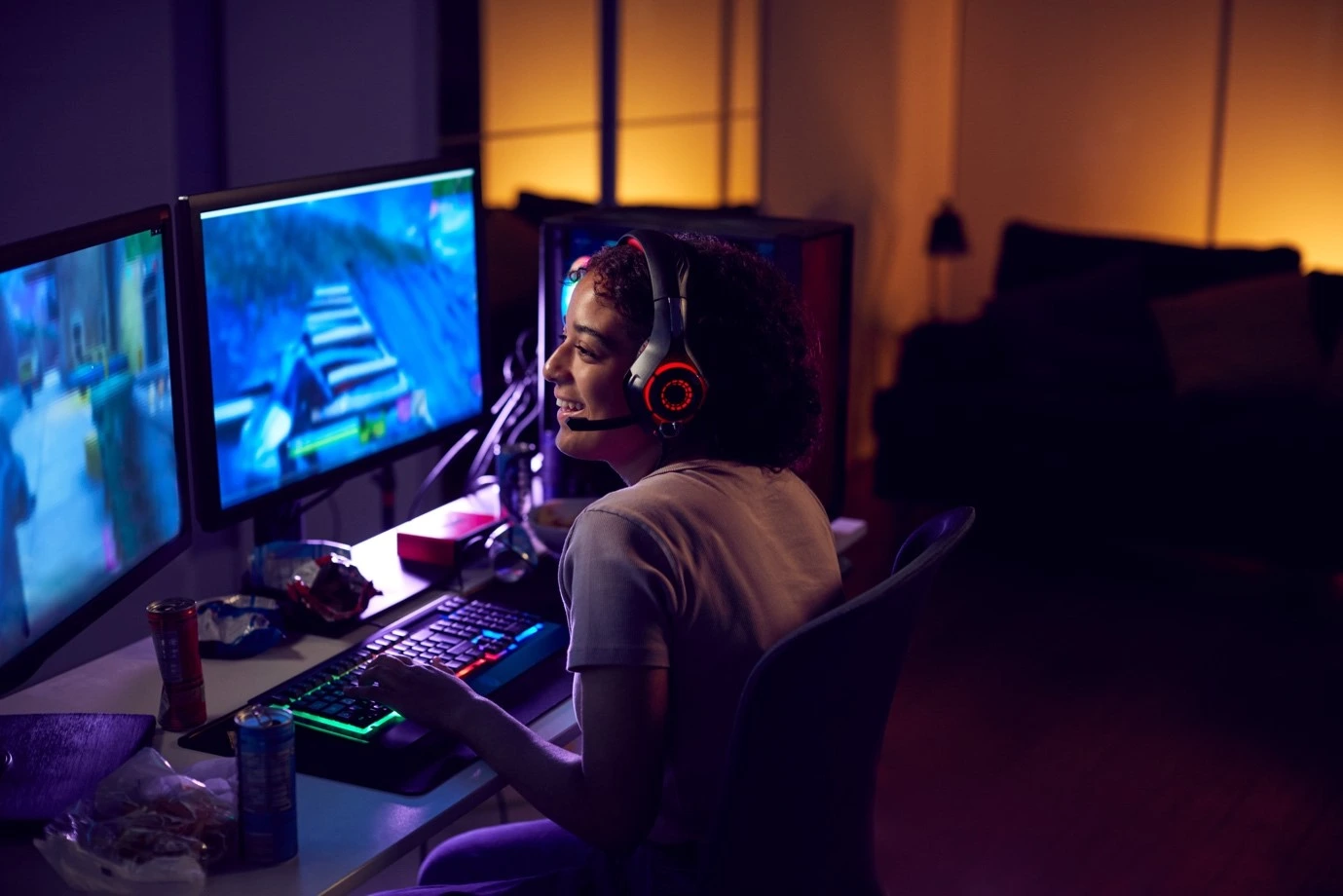
Game development is a complex and multi-disciplinary process that requires the right set of tools to streamline workflows, enhance creativity, and optimize performance. Whether you’re an indie developer working on a passion project or part of a AAA studio developing large-scale games, having the right software can make all the difference in productivity, efficiency, and quality.
The 100+ essential tools we covered in this guide provide everything you need to design, develop, test, and distribute your game successfully. From game engines like Unity and Unreal Engine to 3D modeling tools like Blender and Maya, each category serves a crucial role in bringing your vision to life. Version control systems ensure seamless collaboration, debugging tools help eliminate game-breaking bugs, and marketing platforms make sure your game reaches the widest possible audience.
The key takeaway is that no single tool can handle every aspect of game development—each phase of the process requires specialized software to achieve the best results. By leveraging the right tools, developers can save time, reduce costs, and focus on crafting engaging and immersive gaming experiences.

